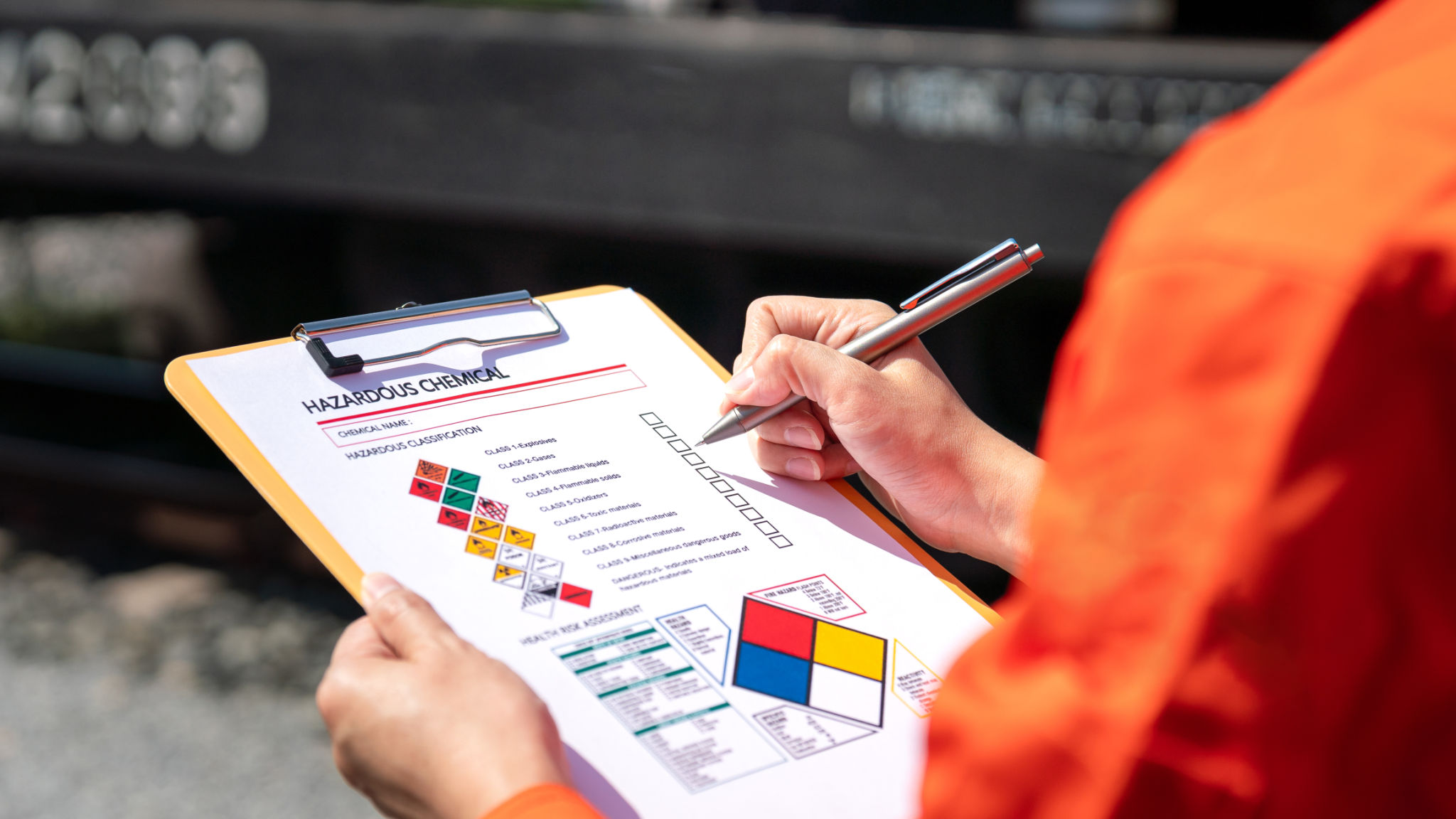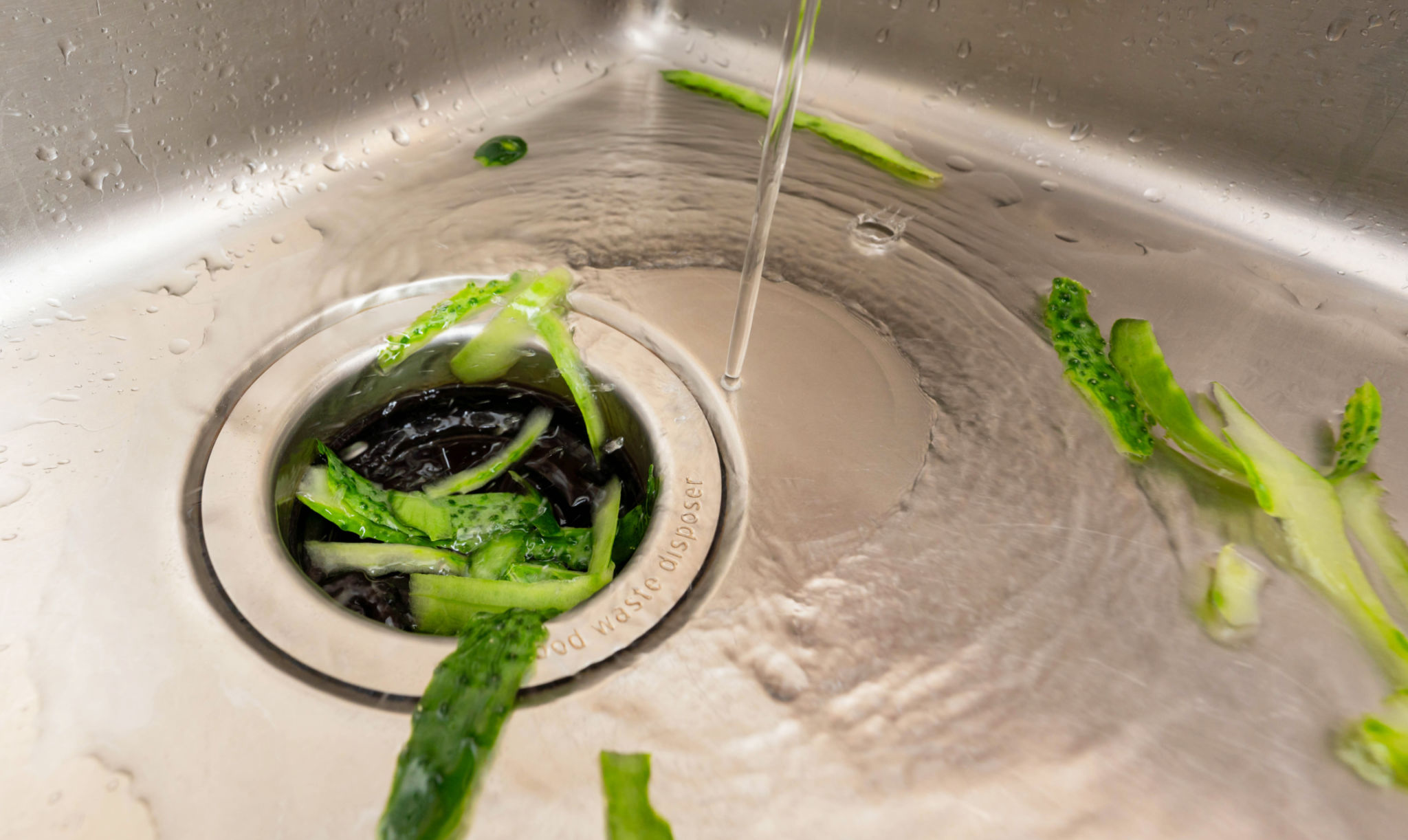Understanding the Environmental Impact of Hazardous Waste in Tarlac and How to Mitigate It
Understanding Hazardous Waste in Tarlac
Hazardous waste poses a significant environmental threat, especially in regions like Tarlac where industrial activities are prevalent. These wastes, which may contain toxic chemicals, heavy metals, and other harmful substances, can have detrimental effects on the environment and human health if not managed properly. Understanding the nature and impact of hazardous waste is crucial for effective mitigation.
The improper disposal of hazardous waste can lead to soil contamination, water pollution, and air quality degradation. When these wastes leach into the ground or water bodies, they can contaminate drinking water sources and harm aquatic life. This environmental degradation not only affects biodiversity but also poses risks to human health through the food chain.

Sources of Hazardous Waste
In Tarlac, hazardous waste primarily originates from industrial processes, agricultural activities, and healthcare facilities. Industries such as manufacturing and chemical processing produce a significant amount of hazardous waste due to their reliance on raw materials that contain toxic elements. Additionally, the use of pesticides and fertilizers in agriculture contributes to the hazardous waste problem.
Medical facilities also generate hazardous waste through the disposal of expired pharmaceuticals, used syringes, and other medical supplies. The improper handling of these wastes can pose severe risks to both healthcare workers and the public.

Environmental Impact
The environmental impact of hazardous waste in Tarlac is multifaceted. One major concern is the contamination of groundwater, which is a critical resource for both residential and agricultural use. When hazardous substances seep into groundwater, they can render it unsafe for consumption and irrigation.
Moreover, hazardous waste can lead to the destruction of natural habitats. The introduction of toxic substances into ecosystems can disrupt food chains, leading to a decline in wildlife populations. This loss of biodiversity further exacerbates environmental instability.

Mitigation Strategies
Addressing the hazardous waste issue in Tarlac requires a comprehensive approach that involves government regulations, community involvement, and industry cooperation. Implementing strict waste management policies is a vital step toward minimizing environmental impact. These policies should enforce proper waste segregation, treatment, and disposal practices.
Community Involvement
Educating the community about the dangers of hazardous waste and encouraging sustainable practices can significantly contribute to mitigation efforts. Community-led initiatives such as clean-up drives and awareness campaigns can help reduce the local impact of hazardous waste.
- Promote recycling and waste reduction initiatives.
- Encourage the use of eco-friendly products.
- Implement community monitoring programs for waste management.

Role of Industries
Industries in Tarlac have a crucial role to play in mitigating hazardous waste impact. By adopting cleaner production techniques and investing in sustainable technologies, industries can reduce their environmental footprint. Regular audits and compliance with environmental standards are essential to ensure that industrial waste is managed responsibly.
By understanding the sources and impacts of hazardous waste in Tarlac, stakeholders can implement effective strategies to mitigate its negative effects. Through collaborative efforts between government, communities, and industries, we can protect the environment and promote a healthier future for all residents.
